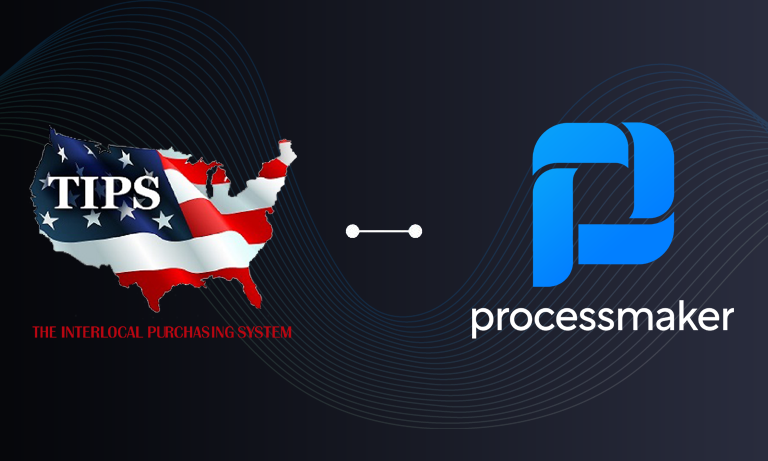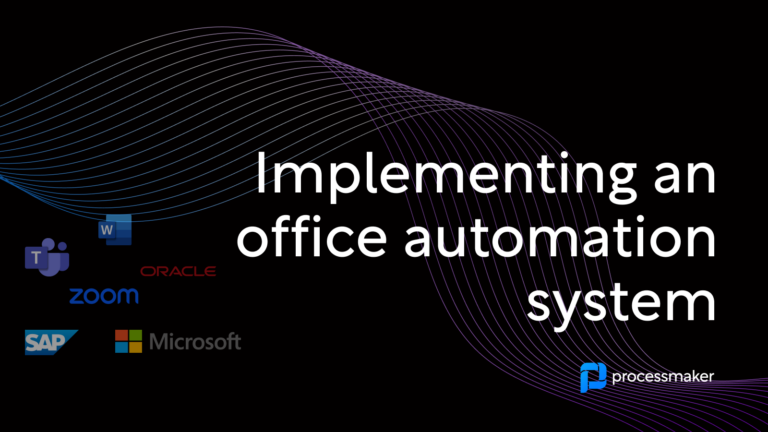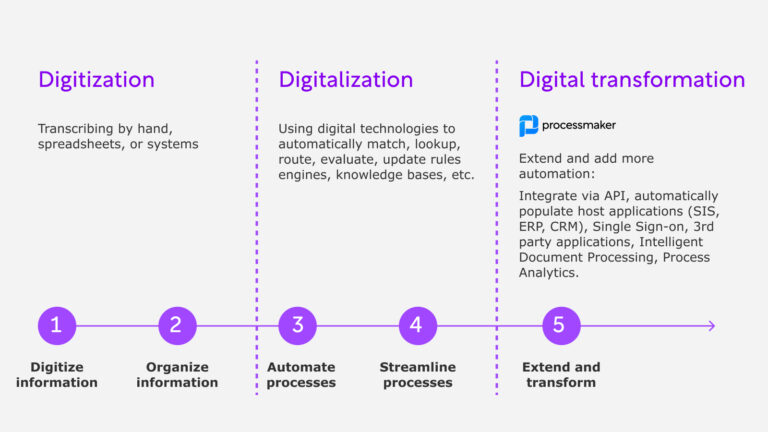Defining and performing a workflow analysis is typically done to improve old business processes. It is a set of sequential tasks with executions based on user-defined conditions to deploy a business process. Further, a workflow analysis is a portal of rules, tasks, and data that must be addressed in order to achieve a specific business objective.
Workflows vs Business Processes
Confusion however, may arise in discerning the differences between workflows and processes. They seem relatively similar upon initial examination, but there are conceptual differences. Understanding these differences are the key to helping to better organize your business.
For instance, it can take a lot of time to complete old business processes as there may be multiple redundancies throughout the entire processes and steps that can and should be eliminated. Not to mention, there may not be alternate routes based on certain decisions and the process isn’t flexible enough to adapt to changes within the business. But, there may also be essential elements such as the current path the process must follow – this is called the workflow: a workflow tells the process where to go. The business process itself includes everything needed to get from point A to point B.
To dig a bit deeper, a business process includes all the connected steps – executed by a group of stakeholders – to accomplish a specific goal. In addition, participants may be held accountable for completing a specific step in the business process. You might even make the process more efficient through intelligent automation.
On the other hand, workflows are sequences of tasks. You can create a workflow by documenting every step and task as the focus is on pushing the task towards completion.
Where a workflow may be considered tactical, a business process would be viewed as strategic. The business process not only contains the workflow, but it also incorporates the performers, data, forms, and any other components to achieve a key business objective. With this in mind, it’s critical to continually improve old business processes.
The benefits of workflow analysis
Workflow analysis is crucial for improving efficiencies that can then reduce costs even when changes are made. Without question, what you’re really doing is ensuring your workflows are not only aligned with your business processes but that they are also executed as intended. After that, you can start to examine areas ripe with opportunities for improvement and also automation of manual, repeatable tasks. If you can use workflow analysis to review workflows this closely, you give your business a competitive advantage.
So what are the three main goals of workflow analysis? The first one is to accurately depict a workflow. Second, it is to search for areas needing improvements. Third, the goal is to optimize a workflow through automation.
When you analyze workflows, you’re not just looking for exact documentation but you also want to determine where and how to optimize your business processes. Look at the data. How long does each task take? How many tasks are necessary? Is there a minimum and maximum amount of time required for each task? Asking these questions, and finding a relevant solution, can improve old business processes exponentially.
Workflow analysis vs project management
There isn’t any question that workflow analysis encompasses similar concepts that provide the basis for project management. While workflow analysis and project are related, there are differences. For example, analysis looks for key areas where workflows can be automated. Moreover, workflow analysis searches for ways to apply improvements consistently resulting in a process called workflow optimization.
In contrast, project management involves coordination, planning, and the flux that occurs during specified projects. In terms of helping an organization, workflow analysis provides a method for realizing and implementing improvements.
When you improve old business processes, your resources can be utilized more efficiently and your employees can work more strategically. This is especially true in bottleneck scenarios. Particularly with old business processes, many stakeholders could be performing tasks that are no longer needed. When your business becomes leaner, then task-associated costs may also go down. Similarly, time wasters also cost money and can be eliminated by taking part in workflow analysis.
You can remove or automate redundant tasks. An old business process that may have made sense a decade ago might not seem logical today but it is still repeated because “that’s how it’s always been done.” There is also the added benefit of efficient business processes leading to shorter wait times for customers, your employees may feel more motivated because they have less manual work and can get more done throughout the day.
Unquestionably, when you incorporate business process automation you not only reduce turnaround times, but you also boost operational efficiencies. Additionally, automation ensures replicability as every task can be performed identically when then helps with compliance and quality control.
Further, if you can simplify and automate old business processes it may make it easier to onboard new onsite and remote employees. If your organization performs certain processes many times, small improvements can lead to significant cost savings. As consumer demands change, so must workflows and old business processes.
6 Steps to Improving Business Process with Workflow Analysis
To align old business processes with current business objectives requires workflow analysis. You can begin by executing the following steps:
- Interview staff stakeholders: Ask questions of the participants who have to perform specific tasks within a business process. You want to look for sequence, as well. Who are the participants and what are their responsibilities? What data does the process generate?
- Analyze the process models: Why is the business process needed? What is the desired outcome? What systems are in use? How does it add value? Is performance optimized? How are KPIs measured? Are there any interactions with customers during the workflow? If so, what are they? Who are the customers? What do the customers need? Are they happy with the process? Are there any unnecessary interactions? How many handoffs are made? What are the handoffs?
- Determine the business rules: Do the business rules create obstacles? What were the original criteria? Can you eliminate old criteria without harming the business process?
- Look for bottlenecks: It is important to find out what factors, if any, create obstacles during the process. It could be employees, the organization of the process, or specific systems.
- Figure out if the business process can be modified: Would automation help with variation?
- Examine the overall cost: This is the time to understand the average costs of comparable business processes in today’s market.
To ensure an adequate workflow analysis, you should address all of these questions. The next step would be to document the old business process from beginning to end. This is about the As-Is state, and this may include checklists, manuals, and feedback from participants.
Understand how the process occurs. Focus on the tasks that generate business revenue and where they can be improved. Next, provide answers to these vital questions:
- What are we doing?
- How do we execute it?
- Why are we doing it?
- How does each department participate?
- What do we do specifically (core tasks)?
When you’re trying to figure how you execute it, this requires thoroughly reviewing every step within the workflow.
In terms of the “why,” you want to figure out if every single task is necessary. If there is no reason to perform a specific task, then perhaps it should either be removed or automated. If a task does not add value, it should be deleted.
What role does each department play? Some business processes may only involve one department, while others incorporate several or even all departments. With workflow analysis, you can determine if each department’s role still makes sense and if there are intra-departmental tasks which can be automated.
Workflow Analysis Tools
Once you have found redundancies within your old business processes, it’s time to make improvements. You might have used a variety of tools for doing so such as survey tools, workflow software, or even spreadsheets. Instead of hiring an outside consultant, use ProcessMaker’s workflow software to search for and address every single area limiting the productivity of not just your staff but of your entire organization.
Final thought
One of the easiest ways to improve your old business processes is by using workflow management software from ProcessMaker. As a result, your employees can focus on creating real value for your business.





